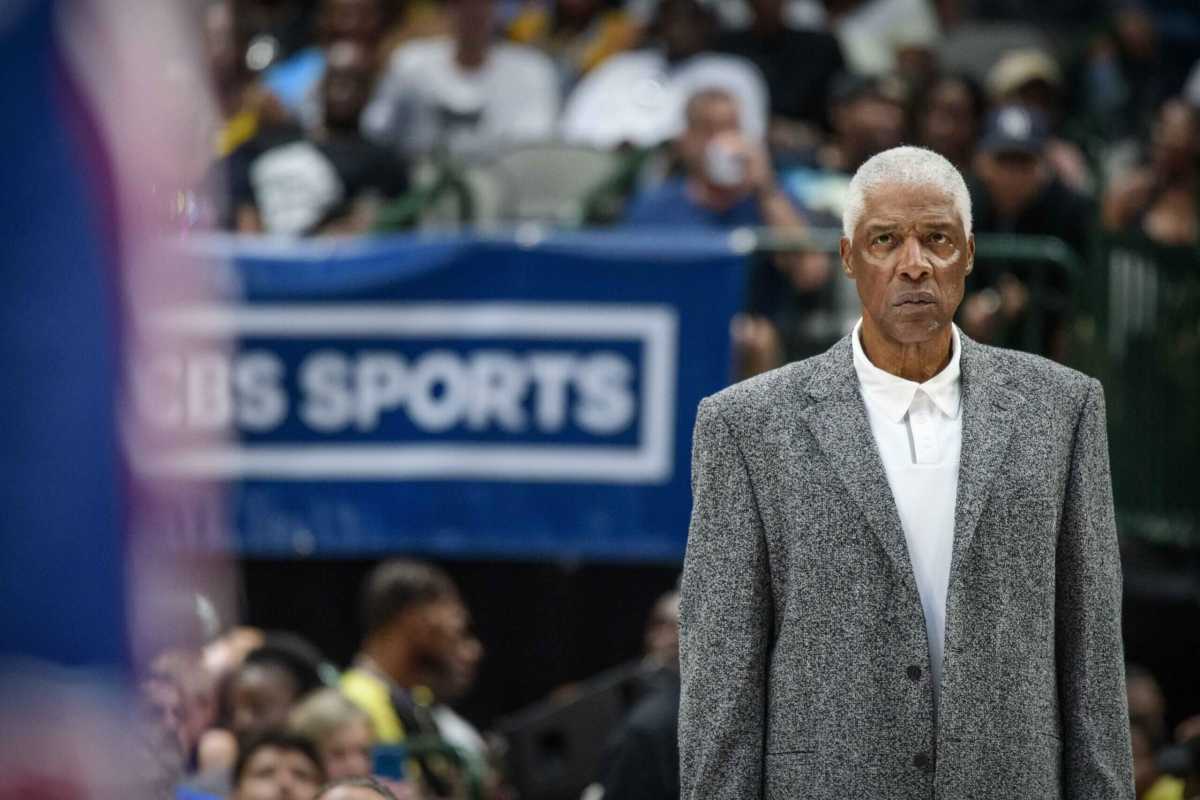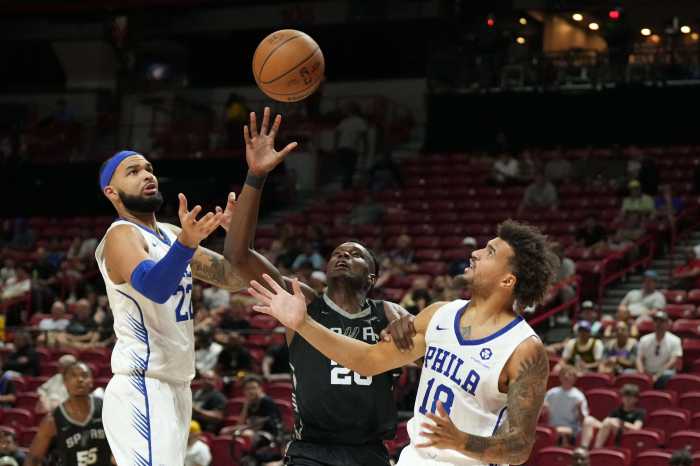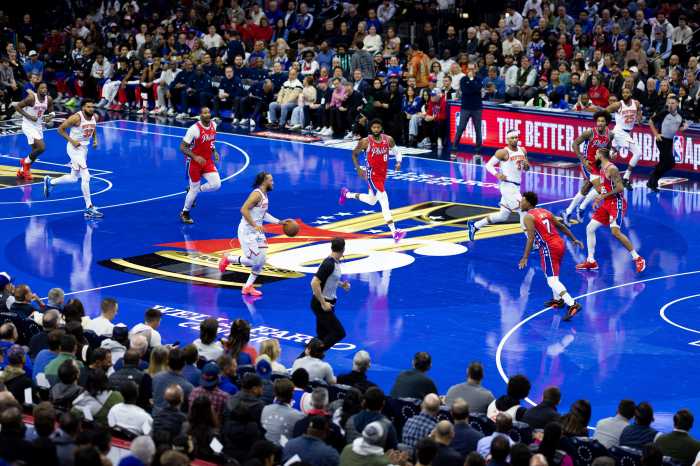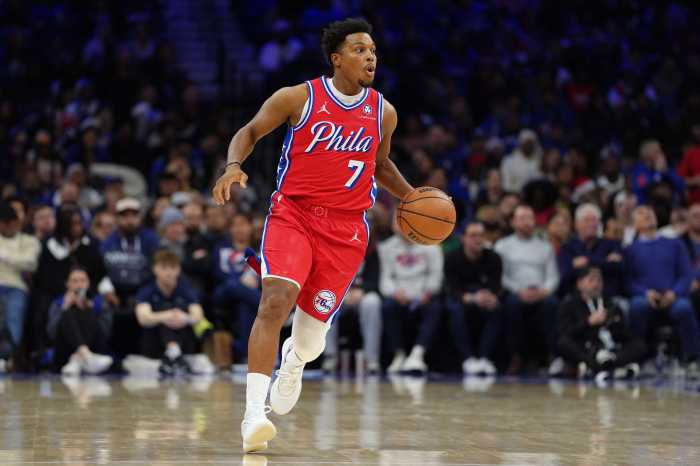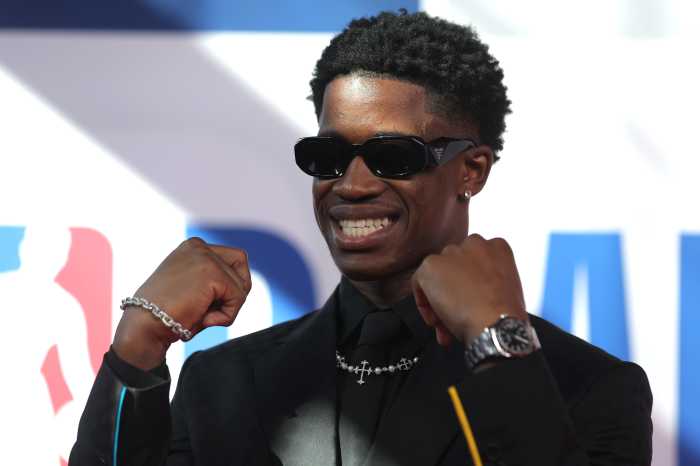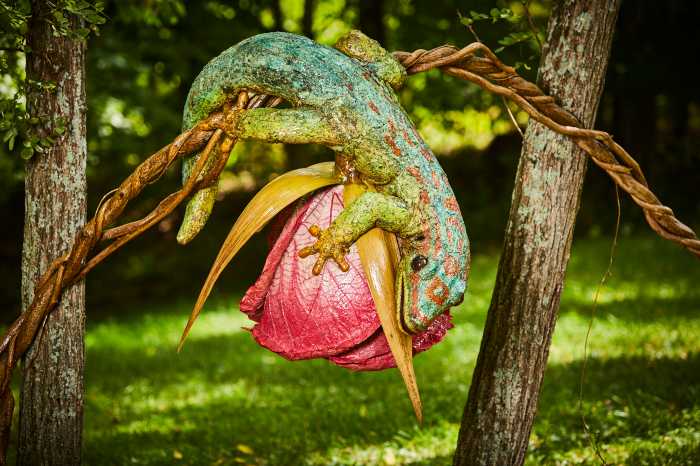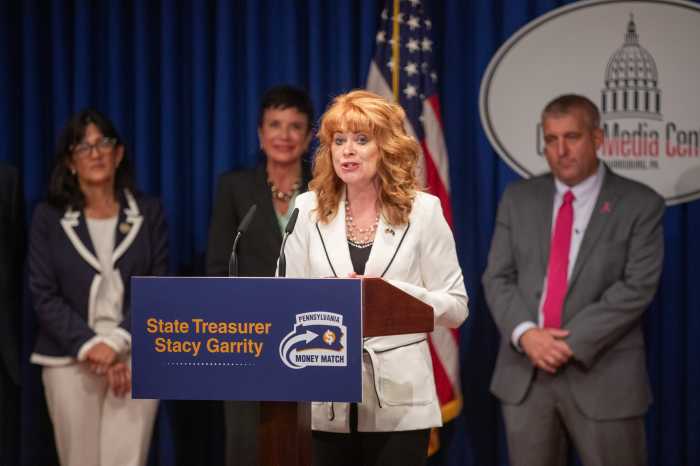In honor of Black History Month, I decided to introduce a series that highlights some of the most historic and influential African-American Philly athletes. I will begin this series with the Doctor himself- Julius Erving.
Long before Erving was the notorious Pro Basketball Hall of Famer and icon we now know him to be, he was just like any other kid- trying to make his parents proud and be something more than what he started as. Born in East Meadow, New York on February 22, 1950- the birthday of fellow icon and first United States President George Washington- a nurse suggested to his mother Callie that she name him after the famous politician.
Confident that her son would be able to blaze his own trail and create his own legacy, his mother retorted “Have your own baby if you want to name him George Washington,” Callie said. “I’m naming mine Julius Winfield Erving II.”
A decision, it turns out, that would alter reality as we know it.
Erving was raised by his single mother in a housing project just east of Queens and recalls having a rather relaxed upbringing, but was determined not to abuse the freedom bestowed upon him at such a young age.
“I was raised pretty much by one parent and she let me do what I wanted. I consciously tried to be aware of what was happening around me. If I was wrong, I was willing to take the consequences.”
Instead of joining a gang or the growing crime scene that ravaged the New York area at the time, Erving focused his attention on school and basketball- excelling at both.
During his time at Roosevelt High School, Erving was beginning to plant seeds of basketball stardom. Still growing into himself at 6’4 (he’d eventually sprout to 6’7), Erving was a scoring sensation at Roosevelt High and, more notably, the Rucker Park league in Harlem, the esteemed proving grounds for NBA stars- both past and present.
It was during this time that he was donned by his famous moniker “Dr.J” by his friend and high school teammate, as Erving tells it.
“I have a buddy—his name is Leon Saunders—and he lives in Atlanta, and I started calling him “the professor”, and he started calling me “the doctor”. So it was just between us…we were buddies, we had our nicknames and we would roll with the nicknames. …And that’s where it came from.” “Later on, in the Rucker Park league in Harlem,” Erving continues, “when people started calling me ‘Black Moses’ and ‘Houdini’, I told them if they wanted to call me anything, call me ‘Doctor.’”
A surgical, precise player that made little to no mistakes on the court, Dr.J was the perfect title for Erving and one that would stick with him for the rest of his life.
After a successful high school tour, the ‘Doctor’ continued his practice at the University of Massachusettes in 1968. There, he averaged 26.3 points and 20.3 rebounds(!) across two collegiate seasons, shattering all kinds of school records along the way.
As his numbers suggest, Erving was more than ready to make the leap up to the pros and after two seasons at UMass, he did just that. The high-flying New York native signed his first pro contract with the Virginia Squires, a small-market ABA team.
Erving quickly proved he was worth the investment, averaging 27 points, 15 rebounds, and 4 assists across 84 contests in his rookie season. He also proved to be quite the ironman, averaging over 40 minutes per game, a figure that has me winded just thinking about it.
The gravity-defying wing would go on to be even more dominant in his sophomore campaign- his last with the Virginia Squires- leading the ABA in scoring on the back of a 32 PPG season.
Dr.J was no stranger to the spotlight or even superstardom but after an emphatic second-year in the ABA, he knew he was blossoming into something truly special.
“I didn’t think it was possible that I might be the most talented player in the world, Erving admitted in a sit-down with the Sacramento Bee. “But after I became a pro, after my second year in Virginia, I thought that there was a possibility that I could offer something unique.”
Low on cash and quickly descending into debt, the Squires traded Erving to the New York Nets prior to the 1973-74 season, where he would begin his historic, highly-successful second act in New York. Returning to his home state that oversaw his initial rise to fame, Dr.J wasted little time further cementing his legend in New York.
Erving won MVP in all three of his seasons with the Nets- producing staggering per game averages of 28.2 points, 10.9 rebounds, 5.2 assists, 2.1 blocks, and 2.3 steals during that span- and captured two ABA championships along the way. The athletic marvel also won the first-ever pro Dunk Contest in 1976- fending off Artis Gilmore, Larry Kenon, George Gervin and David Thompson for the title.
Under the bright spotlight of New York, Dr.J finally began to get the recognition he deserved and was starting to become a household name. People all across the country marveled at his athletic prowess and the extreme creativity that went into his highlight-reel dunks. A star in his own right for years, Erving was finally being acknowledged as such and soon blossomed into the biggest icon in the sport. ABA Commissioner Dave DeBusschere put it another way.
“There are athletes who are known as ‘the franchise,’ ” he said. “Well, Julius isn’t the franchise. He’s the league.”
His best ABA season came in 1976, the final year of the league’s existence. At just 25-years old, Erving led the Nets to their second Finals appearance in three years on the back of a 29.3 PPG season. That season, he finished in the top 10 in the ABA in points per game, rebounds per game, assists per game, steals per game, blocks per game, free throw percentage, free throws made, free throws attempted, three-point field goal percentage and three-point field goals made. He truly was a jack of all trades with the ball in his hands. Or, as Erving liked to put it, a utility man on the court.
“I’m just the utility man,” he quipped in a 1976 Sports Illustrated interview. “I do a little of everything. All right—sometimes I do a lot of everything.”
Amazingly enough, this was arguably only the second-coolest thing he accomplished that season, as the SI feature also tells the tale of Dr.J casually inserting his name amongst the elite.
Prior to Game 2 of the 1976 ABA Finals against Denver, the story goes, ABA publicist Jim Bukata said someone wrote that high school star Darrell Griffith and David Thompson were the only two humans who could execute a midair 360-degree turn and slam dunk. The Doctor considered the question, checked the distance between himself and the basket, straightened his knee braces, took three steps, flew into the air, spun 360 degrees, dunked and turned to Bukata. “Make that three,” he said.
Baller. After accomplishing all there was to do in the ABA, however, Erving was hungry for more competition and had his sights set on the NBA.
Mandatory Credit: Jerome Miron-USA TODAY Sports
Continued on the page below.

